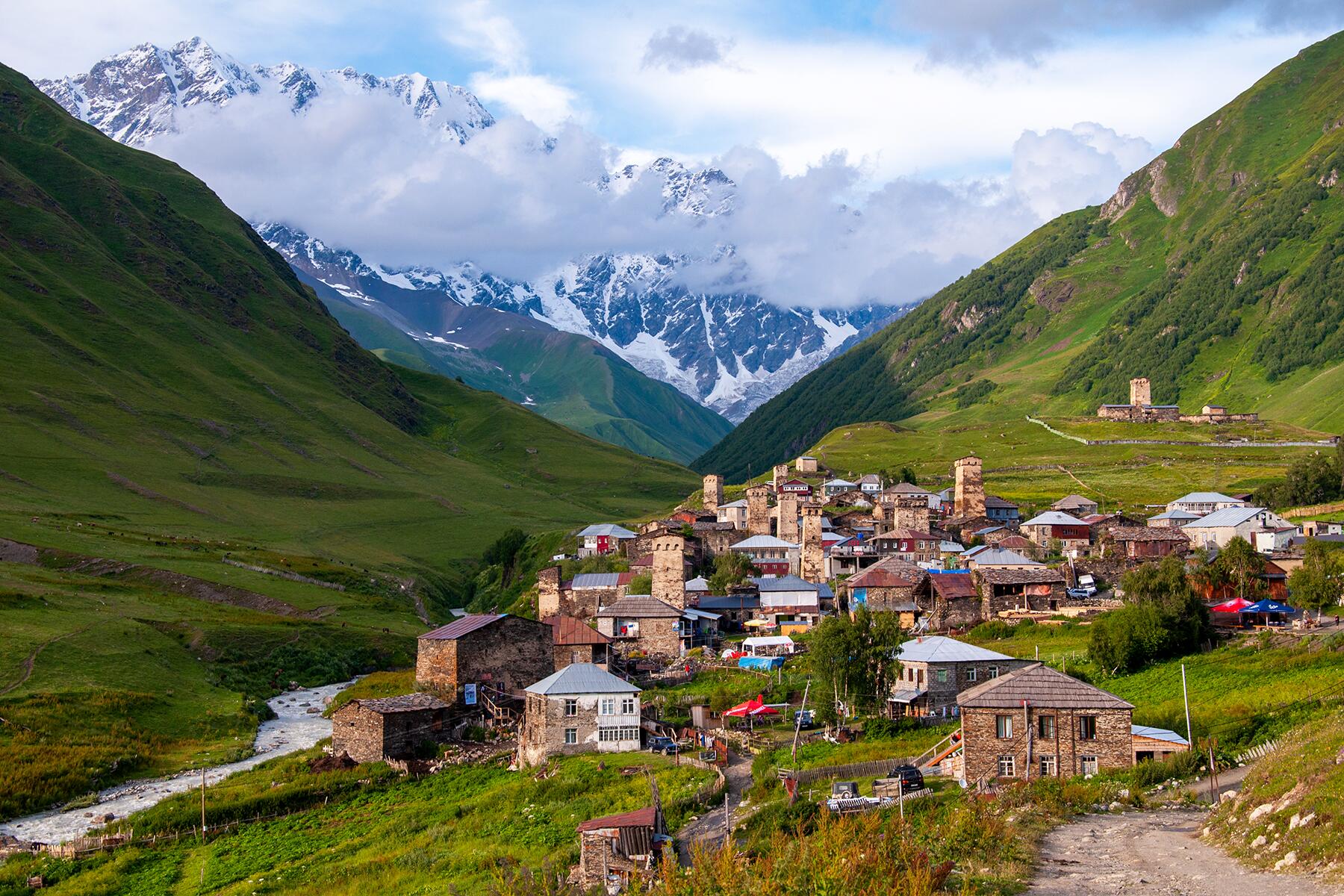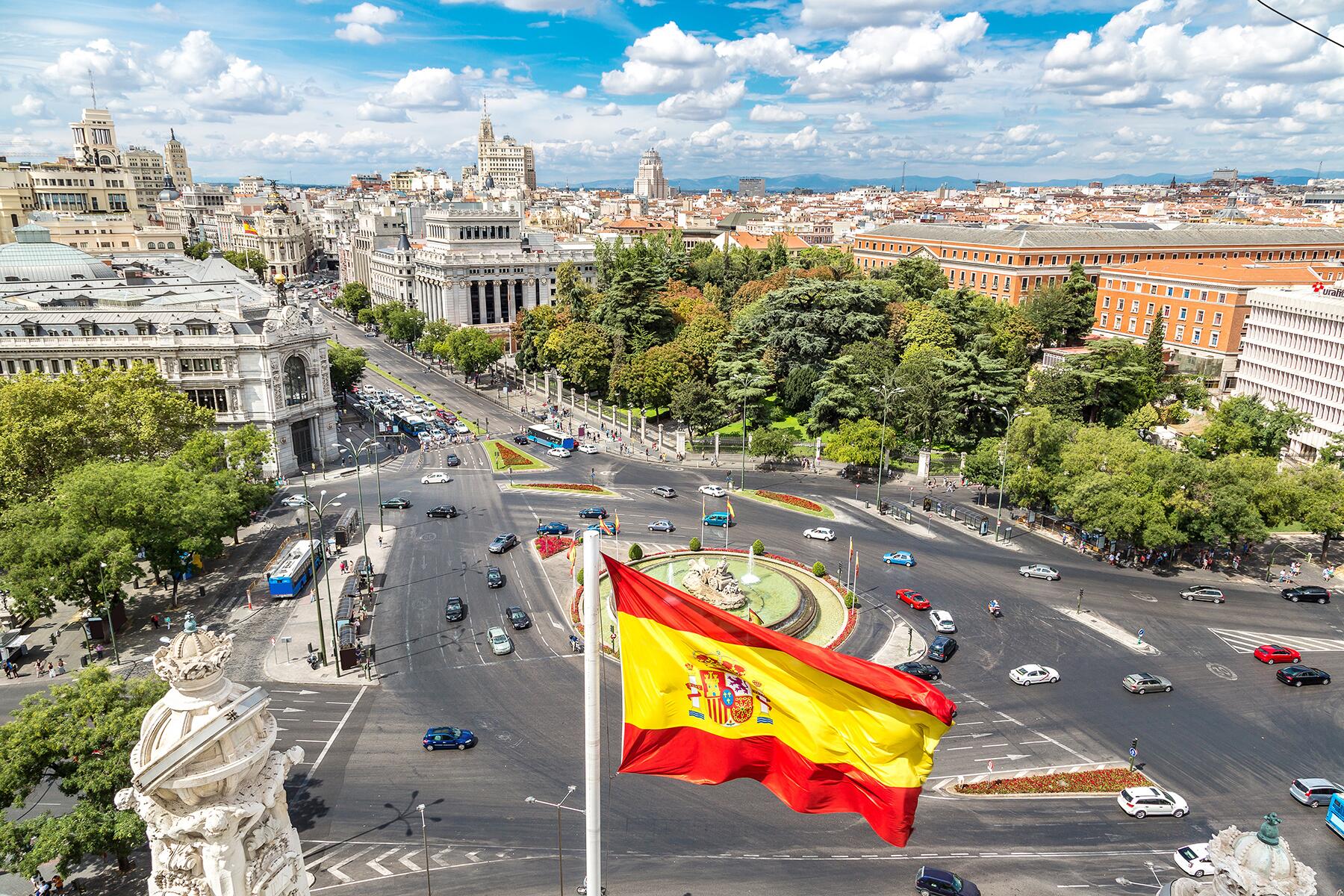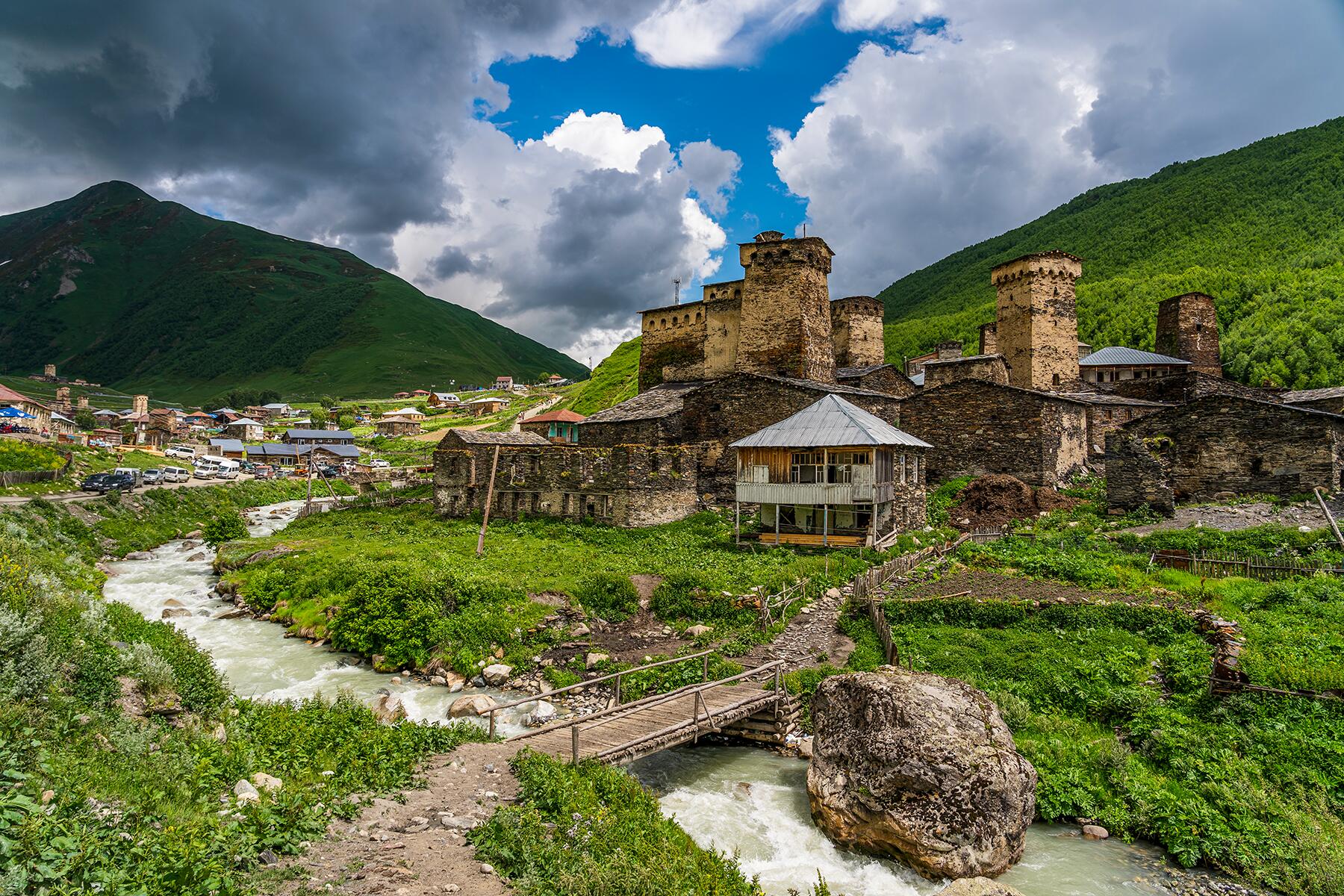It’s deep in the Caucasus mountains.
Far away from civilization, an isolated mountain region swims in the skies. So remote is this area that no ruler ever claimed it as its own—it has remained wild, mysterious, and hidden from prying eyes, curtained by the Caucasus mountains. Adventurers have an arduous journey in front of them if they want to witness its snow-capped mountains, deep gorges, crisp air, and ancient villages.
This is Svaneti in Georgia, home to the Svanetians.
No Longer a Secret
Once a Soviet Republic, Georgia shares its borders with Turkey, Russia, Armenia, and Azerbaijan. The pulsating capital of Tbilisi and the Black Sea resort town of Batumi are popular spots for travelers. But the Upper Svaneti region is only just gaining traction, especially with skiers and hikers.
The Caucasus mountains dominate the country’s landscape, and for centuries, the villages situated thousands of feet above sea level remained cut off from civilization. Svaneti, in its northwestern region and deep in the mountains, is sequestered away from the rest of Georgia, so the Svanetians have their own unique culture and their own language. The region is a fascinating discovery, with its history of blood feuds, the stone towers, gorgeous trails and falls, and warm, hospitable villagers.
Svaneti gives you the gift of making observations without hints from travel blogs and guides, or nudges on how it should make you feel—a rare occurrence these days. This freedom of perceiving nature as is, no embellishments or ruses, is bringing more travelers to trek high in the mountains and learn the value (and trials) of solitude from these Svanetians who have lived this way for centuries.
Recommended Fodor’s Video

Discovering Svaneti
Travelers to Svaneti start their journey in Mestia, the only town in Upper Svaneti. At 1,500 meters (4,921 feet), it is the base of activities that intrepid travelers embark on. With recent development and push in tourism, the area has mushroomed with hotels. In fact, it also has a small airport now, but flights are weather-dependent. Fret not, it’s still not as crowded as any other ski destination in Europe or North America.
You can also reach Mestia by road—it’s five hours from Batumi and 10 hours from Tbilisi. The mountain roads can be treacherous, so a Svanetian driver is a safe bet.
From Mestia, you can hike to the Koruldi Lakes. It’s a system of small lakes 2,850 meters (9,350 feet) above sea level at the base of Mount Ushba. It’s the reflection of the peaks on crystal-clear waters that bring hikers to this point. The hike takes about eight hours to go and come back, though you can also hire a jeep to take you.
INSIDER TIPHire a Svanetian guide, who can help you understand the local culture and act as an interpreter.
The next dot on the travel map is Ushguli, the second-highest permanently settled village in Europe. At 2,200 meters (7,217 feet) above sea level, the village on the foothills of the third tallest mountain, Shkhara (elevation 5,193 meters or 17,037 feet), is breathtakingly gorgeous. Although you can get there in an hour by road from Mestia, a longer route on foot is more rewarding. The four-day trek from Mestia to Ushguli brings you to the wild, rugged sceneries that are wallpaper-worthy.
But is the hike for everyone?
Yes, say Mariam Kvrivishvili, Deputy Minister of the Economy and Sustainable Development of Georgia. “Imagine visiting ancient villages set deep in the Great Caucasus with beautiful forests, breathtaking landscapes, and sublime stone towers that have been standing throughout the centuries. It doesn’t matter what kind of person you are, if you like outdoor activities or not. Everybody should try this experience, as Svaneti brings the most unusual and incomparable emotions to every visitor.”
The stone towers—built between the 9th and 13th centuries—are a constant feature in the region. These medieval tower houses were once used to keep villagers safe during foreign invasions and threats from locals in the event of a blood feud. Around 200 of these defensive towers have survived for more than a thousand years, and a big chunk is in Ushguli. Now categorized as UNESCO World Heritage Sites, they are still maintained by locals, who may be persuaded to let a traveler take a quick peek.

Ushguli stays covered in snow for six months every year, so you can only imagine the tenacity of the Svanetians who live here—isolated and braving harsh weather conditions. The villagers are incredibly friendly and they welcome hikers and adventurers with warmth, and the best places to stay in the region are the guest houses run by locals.
Kvrivishvili adds perspective here, “Through the centuries, a guest was a rare gift in the region. So, hosts were extremely glad when visitors knocked at the door and did everything in order to host them properly.”
Locals are traditional though, and they have deep love for the land. If you want to build a warm relationship with locals, know that Svaneti is everything to them and they may get hurt even by a joke about their region or tradition, she warns.
Svaneti Guide
A ski holiday in Svaneti is wilder than the apres-ski-loving European mountain towns—and it costs fewer dollars. “Svaneti is one of the most remote ski destinations on the whole planet. That’s why it offers untouched slopes that feel like pillow-like surfaces while ski-touring.”
If Georgia’s untamed land is on your radar this winter, here’s a quick guide to get you started.
Best time to go: Summers bring blooms and hikes, and winters are a snowy fairy tale. If you’re ready to stay in sub-zero temperatures, then remember that the stone towers will pop out more with the snow-covered peaks in the background, though some hikes will be too snow-flushed to walk.
Visit: The History and Ethnography Museum of Mestia for an insight into the region and see how the people here once lived. “You’ll discover engravings, beautiful jewelry, ancient weapons, and even the golden coins with the name of Alexander the Great.”
Eat: Mariam Kvrivishvili recommends Kubdari, a flatbread stuffed with meat; Tashmijabi, cheese potatoes; Chishtvari, hoecake prepared with melting cheese. Svanetians also make a traditional Svanetian salt that adds flavor to every dish.
Stay: Hotel Posta, close to the museum in Mestia, or a local guesthouse where you’ll be treated like family.



